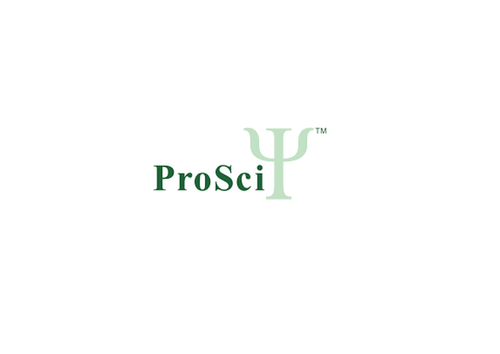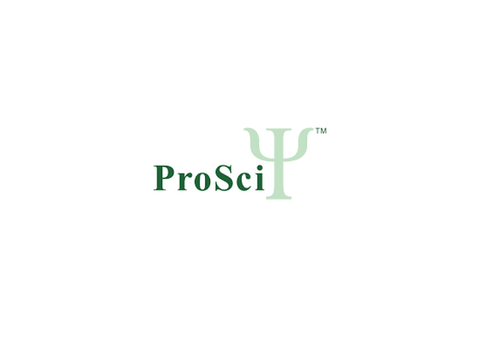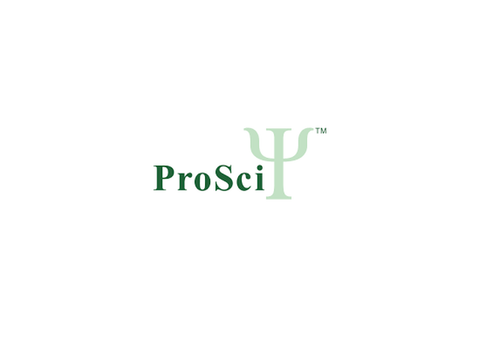Product Description
PAPOLG Antibody | 25-659 | ProSci
Host: Rabbit
Reactivity: Human, Mouse, Rat
Homology: N/A
Immunogen: Antibody produced in rabbits immunized with a synthetic peptide corresponding a region of human PAPOLG.
Research Area: Other
Tested Application: E, WB
Application: PAPOLG antibody can be used for detection of PAPOLG by ELISA at 1:1562500. PAPOLG antibody can be used for detection of PAPOLG by western blot at 1 μg/mL, and HRP conjugated secondary antibody should be diluted 1:50, 000 - 100, 000.
Specificiy: N/A
Positive Control 1: Cat. No. 1201 - HeLa Cell Lysate
Positive Control 2: N/A
Positive Control 3: N/A
Positive Control 4: N/A
Positive Control 5: N/A
Positive Control 6: N/A
Molecular Weight: 83 kDa
Validation: N/A
Isoform: N/A
Purification: Antibody is purified by peptide affinity chromatography method.
Clonality: Polyclonal
Clone: N/A
Isotype: N/A
Conjugate: Unconjugated
Physical State: Liquid
Buffer: Purified antibody supplied in 1x PBS buffer with 0.09% (w/v) sodium azide and 2% sucrose.
Concentration: batch dependent
Storage Condition: For short periods of storage (days) store at 4˚C. For longer periods of storage, store PAPOLG antibody at -20˚C. As with any antibody avoid repeat freeze-thaw cycles.
Alternate Name: PAPOLG, FLJ11805, FLJ12972, FLJ13482, FLJ14187, MGC133307, MGC133308, PAP2, PAPG
User Note: Optimal dilutions for each application to be determined by the researcher.
BACKGROUND: PAPOLG is a member of the poly (A) polymerase family which catalyzes template-independent extension of the 3' end of a DNA/RNA strand. This enzyme shares 60% identity to the well characterized poly (A) polymerase II (PAPII) at the amino acid level. These two enzymes have similar organization of structural and functional domains. This enzyme is exclusively localized in the nucleus and exhibits both nonspecific and CPSF (cleavage and polyadenylation specificity factor) /AAUAAA-dependent polyadenylation activity.This gene encodes a member of the poly (A) polymerase family which catalyzes template-independent extension of the 3' end of a DNA/RNA strand. This enzyme shares 60% identity to the well characterized poly (A) polymerase II (PAPII) at the amino acid level. These two enzymes have similar organization of structural and functional domains. This enzyme is exclusively localized in the nucleus and exhibits both nonspecific and CPSF (cleavage and polyadenylation specificity factor) /AAUAAA-dependent polyadenylation activity. This gene is located on chromosome 2 in contrast to the PAPII gene, which is located on chromosome 14.
 Euro
Euro
 USD
USD
 British Pound
British Pound
 NULL
NULL

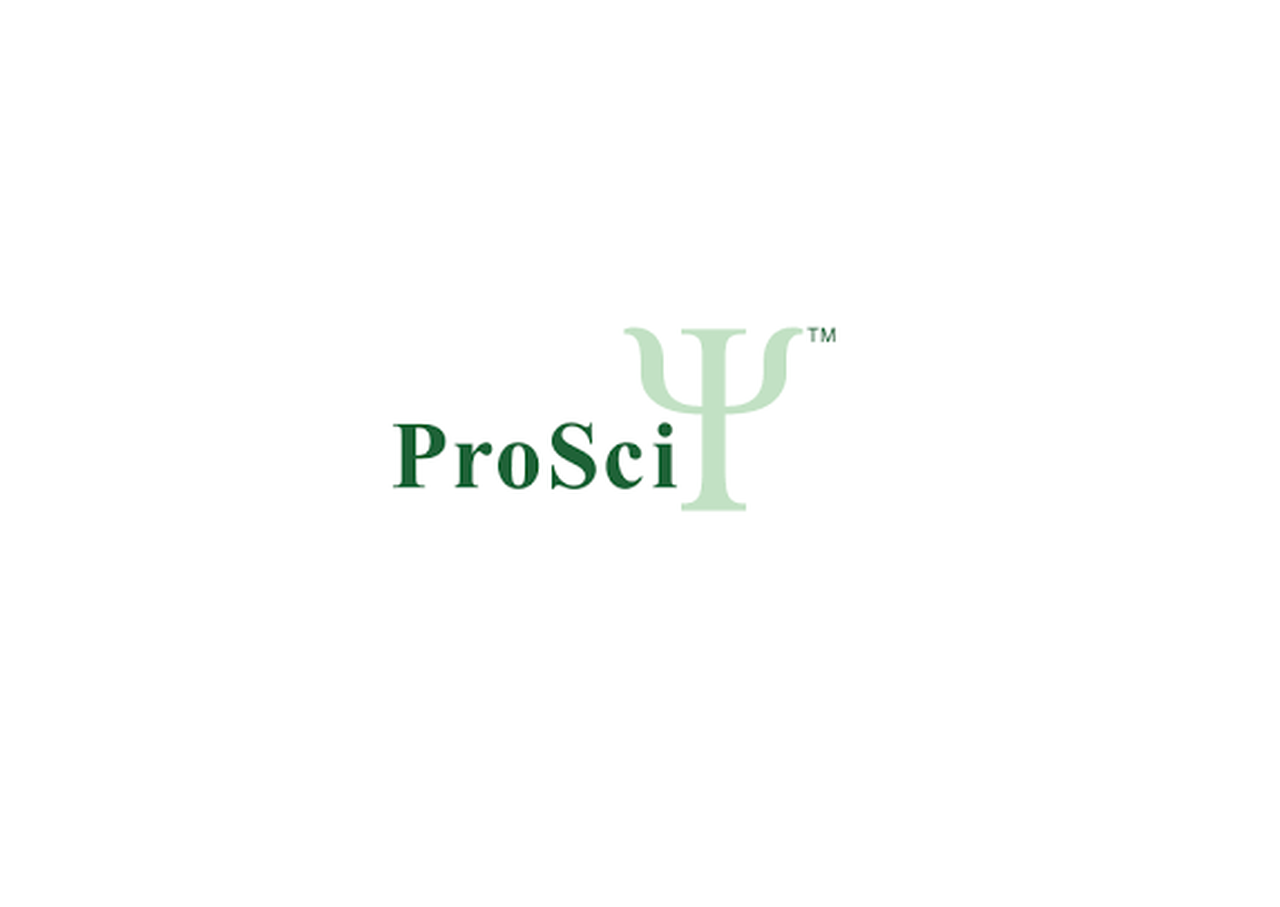
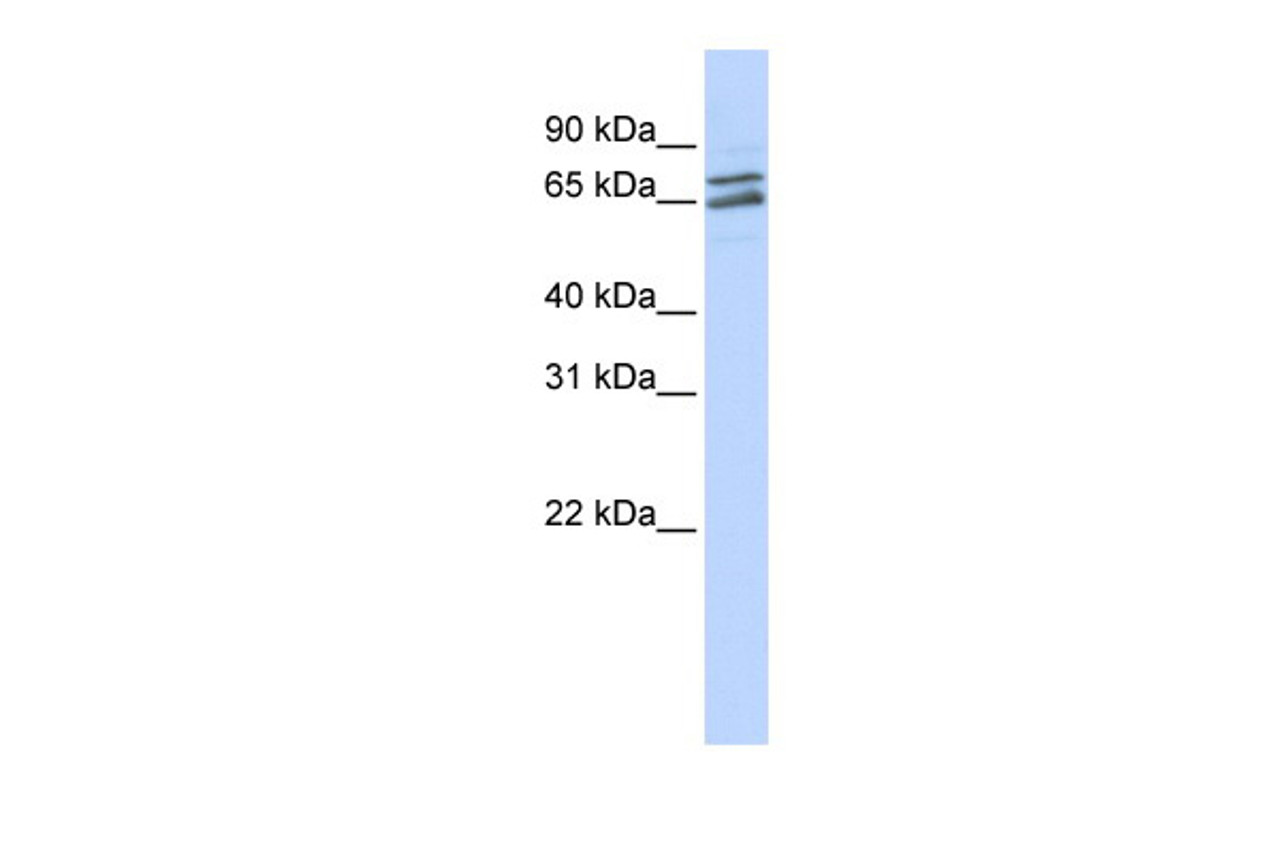





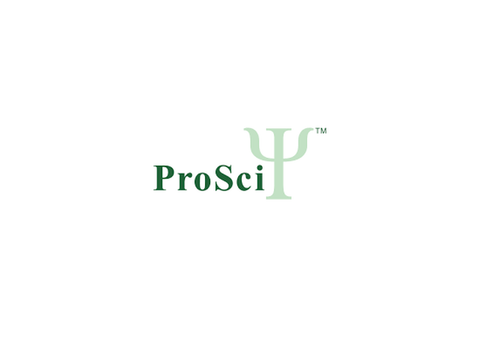

![PAPOLG Antibody (C-term) [APR31080G] PAPOLG Antibody (C-term) [APR31080G]](https://cdn11.bigcommerce.com/s-452hpg8iuh/images/stencil/500x659/products/871325/1163392/logo__92149.1659788186__51846.1659868017.png?c=2)
